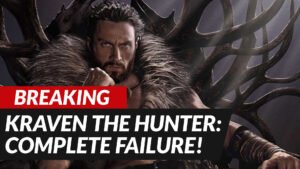Ever wonder what happens when a movie with a massive budget fails to connect with audiences? These box-office bombs didn’t just miss the mark—they imploded in spectacular fashion.
10 | Mars Needs Moms
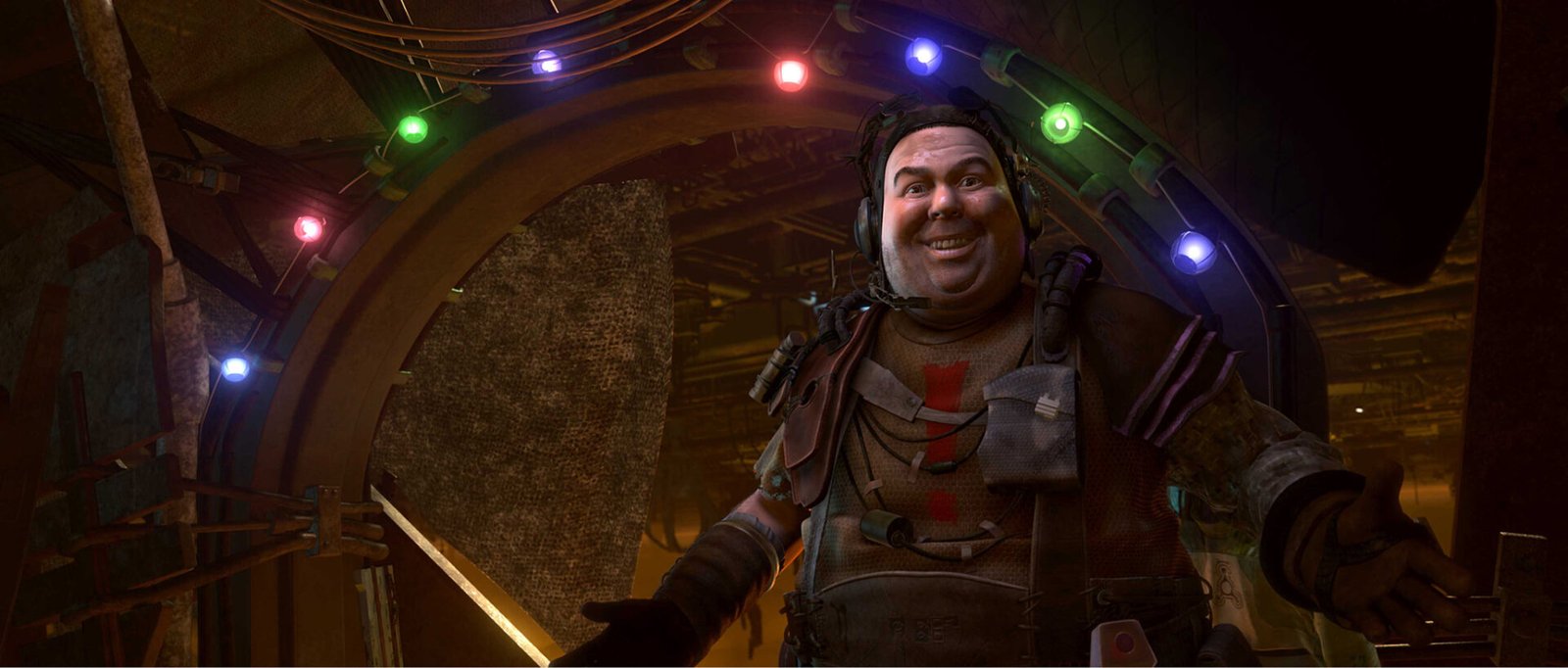
At number 10 is Mars Needs Moms (2011), a sci-fi animated film that disastrously flopped with a staggering loss of $195 million when adjusted for inflation. Produced by Disney and based on a children’s book by Berkeley Breathed, this motion-capture animated film aimed to capture the hearts of families but instead became a cautionary tale for studios. The movie only grossed around $39 million globally against its $150 million production budget. High production costs, expensive marketing, and the general audience’s discomfort with the film’s animation style contributed to its financial failure, making it one of Disney’s biggest misfires.
The plot follows a young boy named Milo, who discovers just how much he needs his mom when Martians kidnap her. The Martians intend to use her as a model to instill discipline in their own offspring. Milo sneaks onto the Martian spaceship and embarks on a wild adventure to rescue her, with the help of a rebellious Martian and a fellow human who has lived on Mars for years. While the story carried heartwarming themes of family and sacrifice, it failed to resonate with audiences, leading to its catastrophic box-office performance.
9 | Battleship
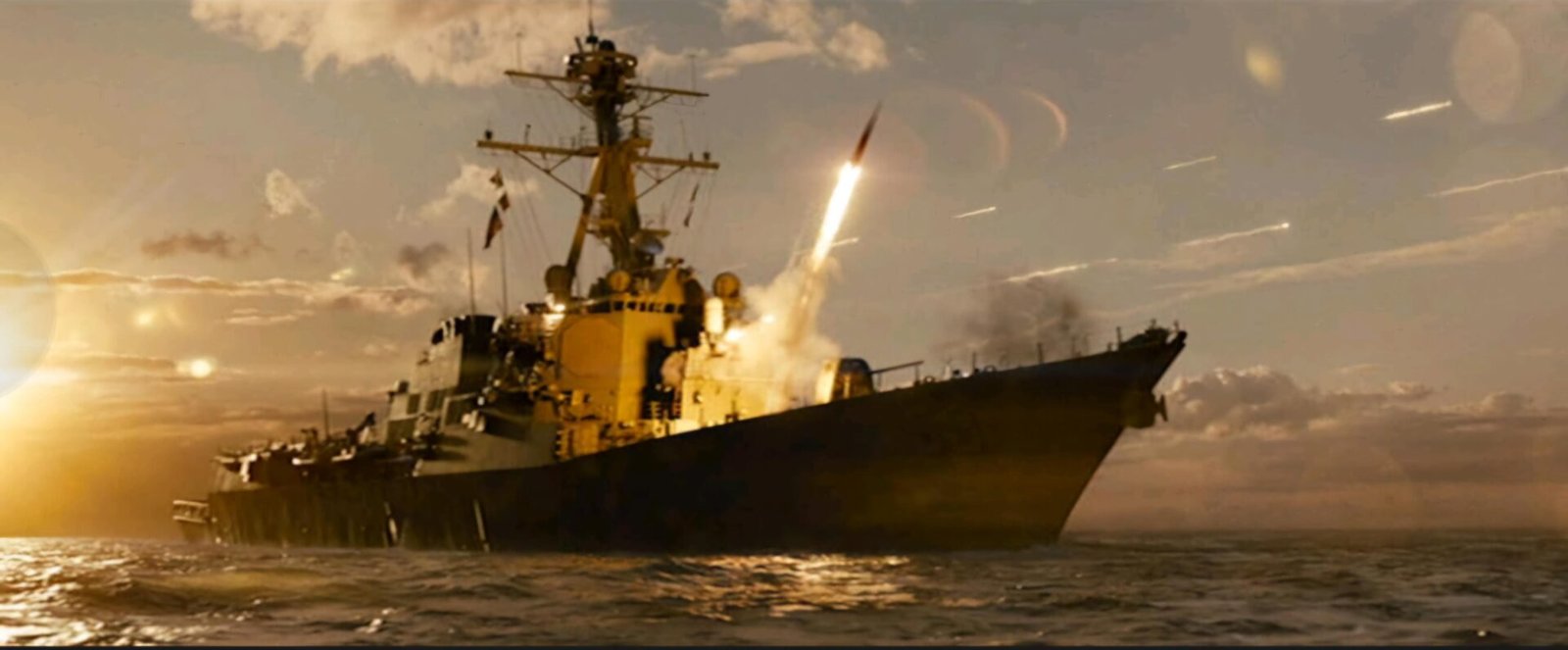
“Battleship” (2012) was an ambitious sci-fi action film inspired by the classic board game of the same name. Directed by Peter Berg, the film featured a star-studded cast, including Taylor Kitsch, Rihanna, and Liam Neeson. Despite the big names and a massive production budget of around $209 million, the film sank at the box office, incurring an adjusted inflation loss of $199 million. Critics cited a lackluster script and weak character development as major reasons for its failure, alongside stiff competition from other summer blockbusters that year.
The story of “Battleship” follows Lieutenant Alex Hopper, a reckless naval officer who must rise to the occasion when an alien invasion threatens Earth. During a naval exercise, extraterrestrial forces crash-land in the Pacific Ocean and create an impenetrable force field around a fleet of ships, cutting them off from the rest of the world. Hopper and his crew must band together, using their battleships to take on the advanced alien technology and prevent global destruction. While action-packed, the movie’s heavy reliance on special effects and cliched plot points ultimately couldn’t save it from sinking financially.
8 | Strange World
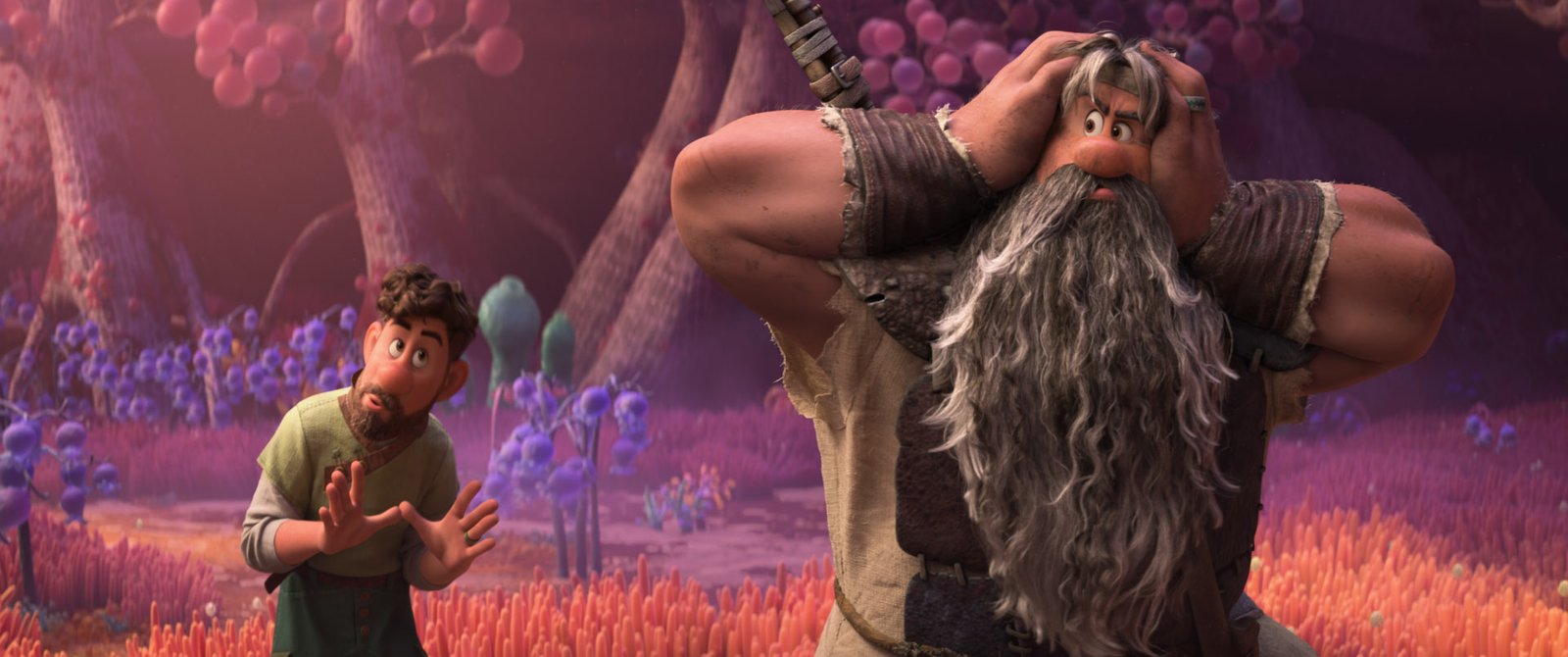
At number eight, Strange World (2022) stands as one of Disney’s most recent box-office flops, with an estimated loss of around $205 million when adjusted for inflation. Despite its grand ambitions and visually stunning animation, the movie struggled to capture audiences’ attention, earning just over $73 million worldwide. Several factors contributed to its underperformance, including minimal marketing, a crowded release window, and perhaps its lack of clear appeal to Disney’s core family demographic. Thematically, the film tackled environmental issues and family dynamics, but it was unable to resonate with viewers or critics enough to pull in the numbers Disney hoped for.
The story follows the Clade family, renowned explorers who venture into an uncharted, colorful land to save their world from an ecological crisis. Led by patriarch Jaeger Clade, his son Searcher, and their team, they discover a vibrant and dangerous world full of strange creatures and plant life. Along the way, they encounter deep family tensions, particularly between Jaeger, who craves adventure, and Searcher, who prefers a simpler life. The film’s environmental message centers around the interconnectedness of ecosystems and the importance of preserving natural resources. However, despite its noble themes, Strange World failed to translate into box office success.
7 | Sinbad: Legend of the Seven Seas

“Sinbad: Legend of the Seven Seas” (2003) was a bold attempt by DreamWorks Animation to bring the classic tale of the swashbuckling adventurer to the big screen. Despite its star-studded cast and the use of both traditional and computer animation, the movie failed to make waves at the box office. With a production cost of $60 million, it grossed just under $81 million worldwide. However, when adjusting for inflation, its total loss ballooned to $207 million, securing its spot on this list of infamous box-office bombs.
The movie reimagines the legendary Sinbad as he embarks on a high-stakes adventure to recover the Book of Peace, a magical artifact that has been stolen by the treacherous goddess Eris. Framed for the crime and facing certain execution, Sinbad, with the help of his love interest Marina and his loyal crew, must venture through dangerous seas and face mythical creatures. The movie blends action, humor, and romance, but despite its charm and visual spectacle, it was no match for the stiff competition and the fading interest in traditional animation at the time.
6 | Cutthroat Island
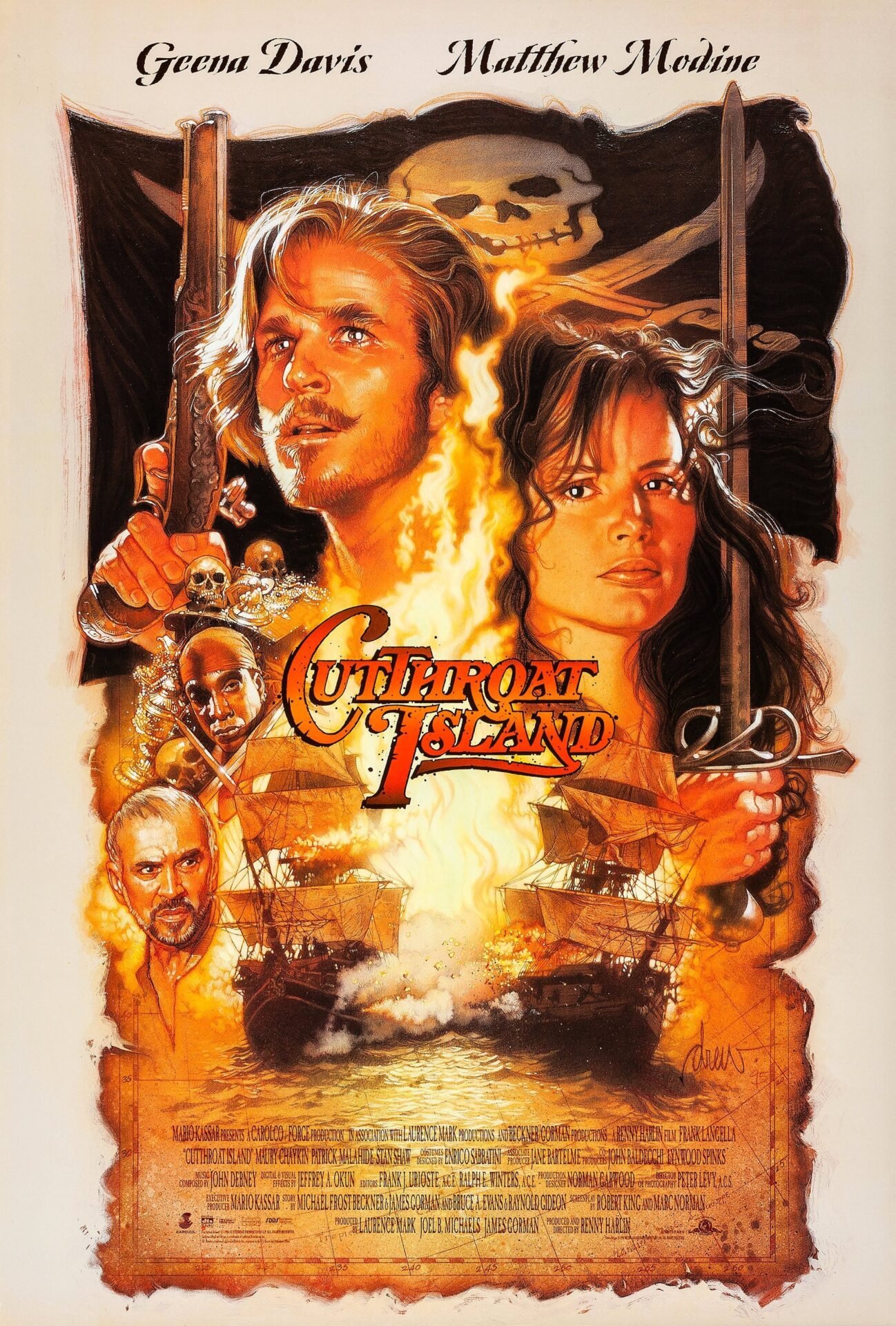
Cutthroat Island, released in 1995, is often cited as one of the most infamous box-office bombs in cinematic history, racking up a staggering loss of approximately $210 million when adjusted for inflation. The film follows the adventurous tale of Morgan Adams, played by Geena Davis, who embarks on a quest to recover a hidden treasure map left by her deceased father. Joined by a notorious pirate, William Shaw, portrayed by Matthew Modine, they face treachery and danger from Morgan’s uncle, the villainous Dawg Brown, played by Frank Langella. The story is filled with high-seas action, sword fights, and the quest for wealth, but it ultimately fell short of audience expectations.
Despite its ambitious scope and impressive production values, Cutthroat Island struggled to connect with viewers, leading to a disastrous opening at the box office. Critics panned the film for its convoluted plot and lackluster performances, resulting in a commercial failure that has become a cautionary tale in Hollywood. The film’s legacy serves as a reminder of the challenges of crafting a successful adventure film, especially in a genre filled with competition.
5 | Mortal Engines
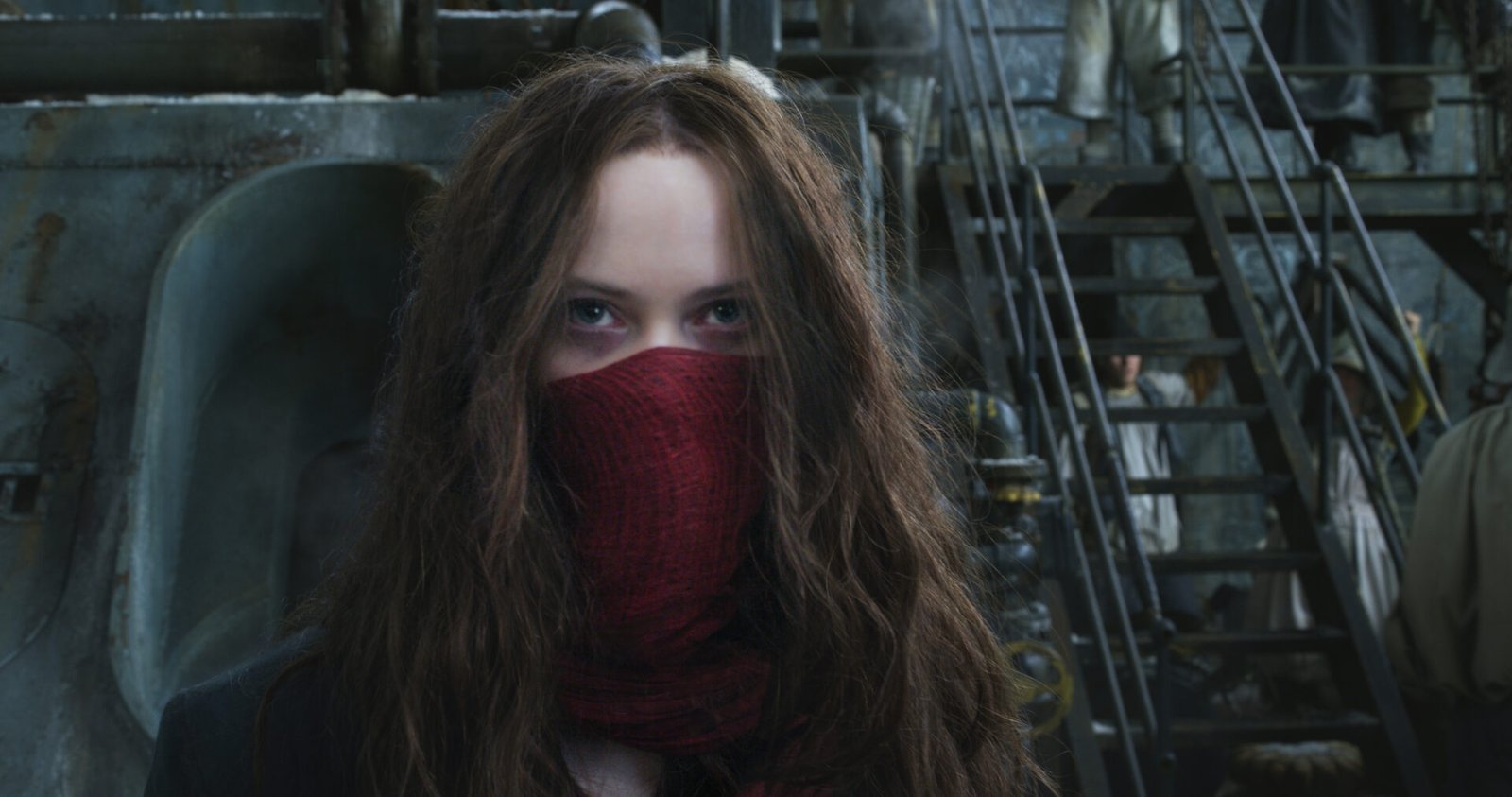
“Mortal Engines” (2018) stands as a stunning example of ambition gone awry, resulting in a staggering loss of $212 million when adjusted for inflation. Set in a dystopian future where cities are mounted on massive wheels and roam the Earth, the film follows the story of Hester Shaw, a young woman bent on revenge against Thaddeus Valentine, the powerful man responsible for her mother’s death. As she teams up with Tom Natsworthy, a naive apprentice from the sprawling city of London, they uncover a terrifying secret that could change the balance of power in this mechanized world.
Despite its high-profile production, featuring a screenplay co-written by Peter Jackson and an impressive visual design, “Mortal Engines” failed to resonate with audiences and critics alike. The film’s complex plot, based on Philip Reeve’s beloved novel series, struggled to engage viewers, resulting in lackluster box office returns. Its lavish budget, combined with a marketing campaign that didn’t fully convey its unique premise, ultimately led to its status as one of the biggest box-office bombs in cinema history.
4 | The 13th Warrior
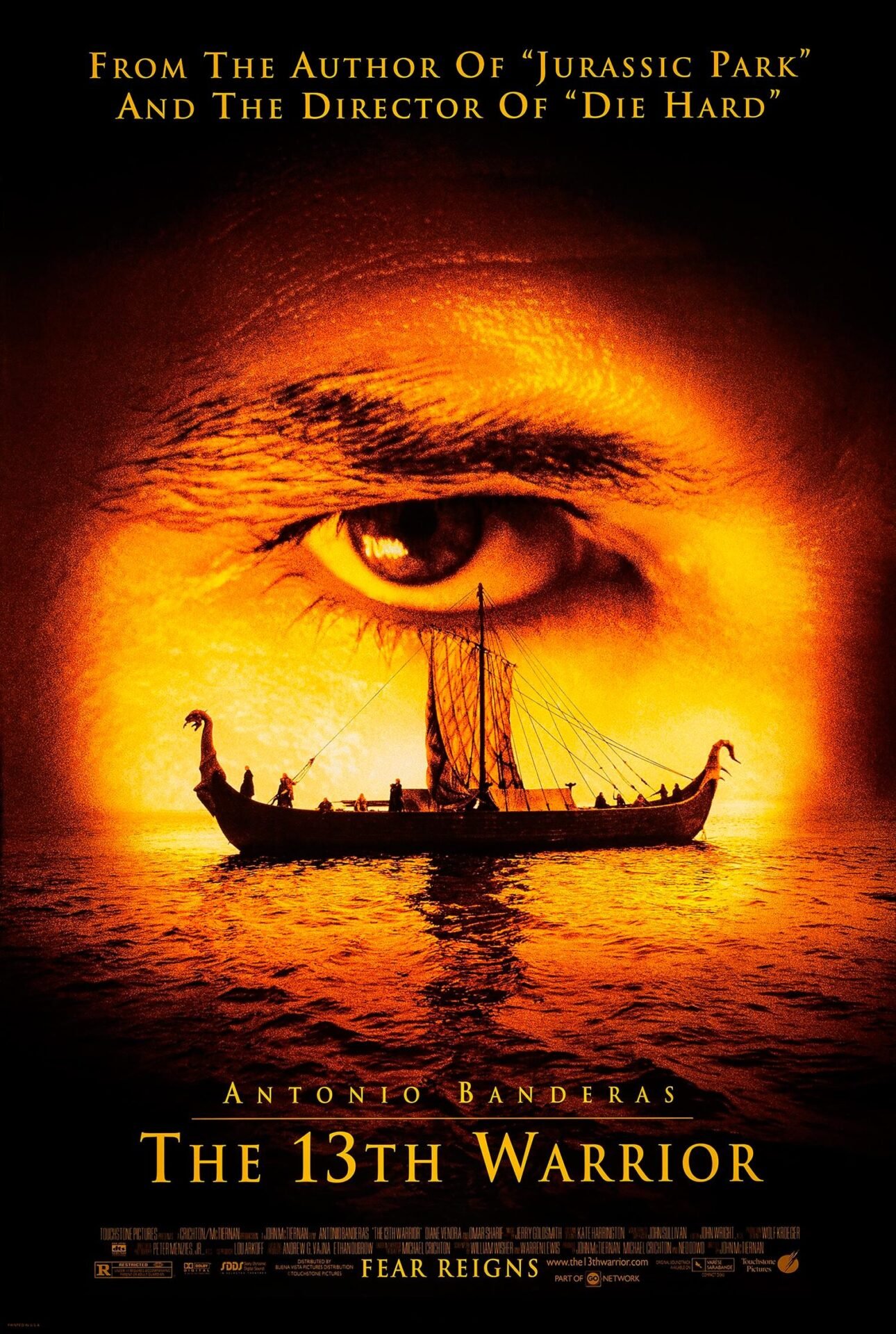
“The 13th Warrior,” released in 1999, faced significant financial disappointment, racking up an estimated loss of $236 million when adjusted for inflation. Directed by John McTiernan, the film is loosely based on Michael Crichton’s novel “Eaters of the Dead,” which reimagines the Beowulf legend through a historical lens. It stars Antonio Banderas as Ahmad ibn Fadlan, a 10th-century Arab ambassador who finds himself among a group of Viking warriors. Tasked with aiding these Norsemen in their fight against a mysterious and deadly enemy, Ahmad must navigate cultural differences while proving his worth in battle.
The film’s ambitious scope and unique blending of cultures failed to resonate with audiences, resulting in poor box office performance despite an intriguing premise and a talented cast. While the action sequences and visuals have garnered some appreciation over the years, “The 13th Warrior” remains a cautionary tale about the challenges of adapting historical narratives into epic films.
3 | The Marvels

“The Marvels,” released in 2023, is a sequel to both “Captain Marvel” and the Disney+ series “Ms. Marvel.” The film follows Carol Danvers, aka Captain Marvel, who finds her powers entangled with those of Kamala Khan, a teenage superhero, and Monica Rambeau, an agent with unique abilities. Together, they must navigate their new cosmic connections while facing a formidable new villain who threatens the universe. The trio’s journey intertwines humor, heart, and high-stakes action as they work to restore balance and protect their loved ones.
Despite the anticipation surrounding its release, “The Marvels” suffered a significant box-office bomb, raking in only $237 million worldwide. When adjusted for inflation, the losses are even more striking, reflecting a trend of declining interest in Marvel sequels. Critics pointed to a lack of cohesive storytelling and marketing missteps as contributing factors, leaving fans wondering if this marks a turning point for the Marvel Cinematic Universe.
2 | The Lone Ranger
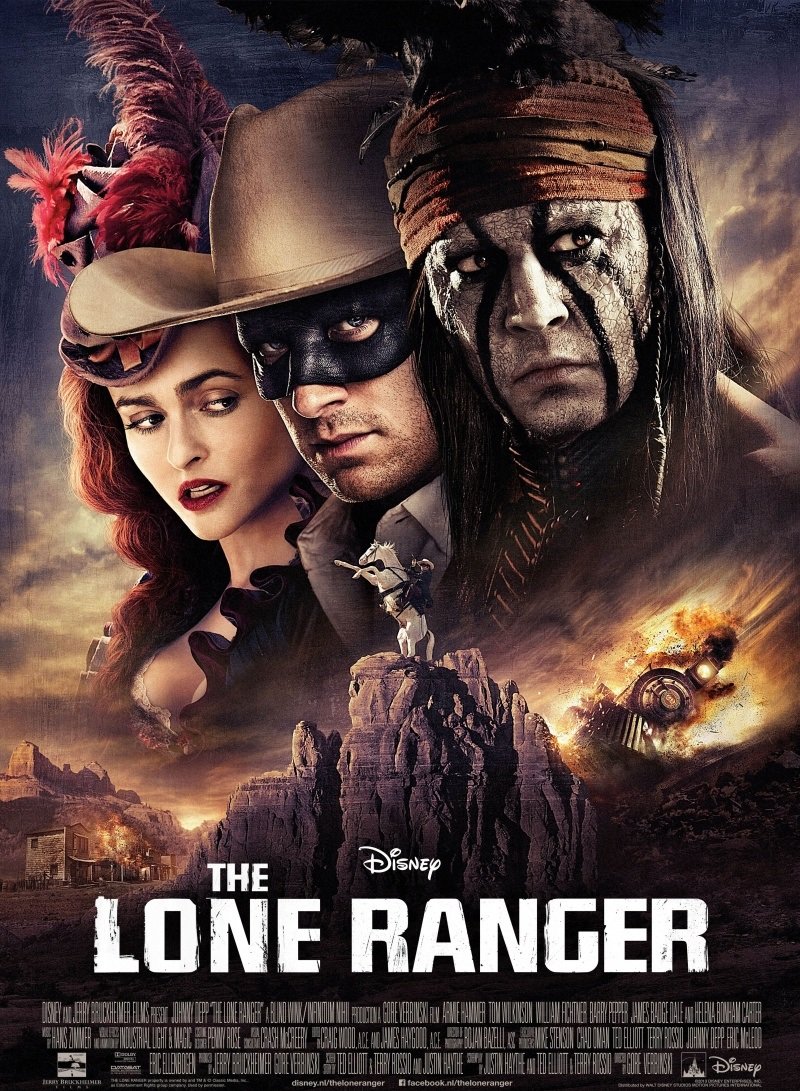
“The Lone Ranger,” released in 2013, is a classic Western reimagining that sought to blend humor with thrilling action. The film follows John Reid, a lawman who becomes the masked vigilante known as the Lone Ranger after a tragic ambush leaves his fellow officers dead. With the help of Tonto, a Native American warrior portrayed by Johnny Depp, Reid takes on the villainous Butch Cavendish, seeking justice and revenge. However, the movie’s ambitious blend of comedy, spectacle, and classic Western tropes didn’t resonate with audiences as intended.
Despite a hefty budget of around $225 million, “The Lone Ranger” grossed only $260 million worldwide, leading to an estimated loss of $249 million when adjusted for inflation. Critics pointed to its uneven tone and lengthy runtime as significant drawbacks, while audiences seemed put off by the film’s execution. The film’s failure at the box office serves as a cautionary tale about the challenges of adapting beloved characters for modern cinema, highlighting how even star power and a well-known franchise can falter without a solid narrative foundation.
1 | John Carter

“John Carter,” released in 2012, stands as a monumental box-office bomb, losing an estimated $265 million when adjusted for inflation. Directed by Andrew Stanton, this film was adapted from Edgar Rice Burroughs’ classic novel series, which follows the adventures of a Civil War veteran named John Carter, portrayed by Taylor Kitsch. The story begins when Carter is mysteriously transported to Mars, known as Barsoom, where he discovers a world torn apart by conflict between various factions, including the warlike Tharks and the dying city of Helium.
Carter’s extraordinary strength and agility on Mars, due to the planet’s lower gravity, quickly earn him a reputation as a formidable warrior. He becomes embroiled in a struggle between the conflicting factions, all while trying to understand his place in this alien world. He ultimately allies with Princess Dejah Thoris, played by Lynn Collins, and fights against the oppressive power of the Thark leader, Tars Tarkas. Despite its ambitious visuals and a rich source material, “John Carter” was criticized for its convoluted plot and lackluster marketing, resulting in its unfortunate financial failure at the box office, overshadowing its potential as an epic sci-fi adventure.













